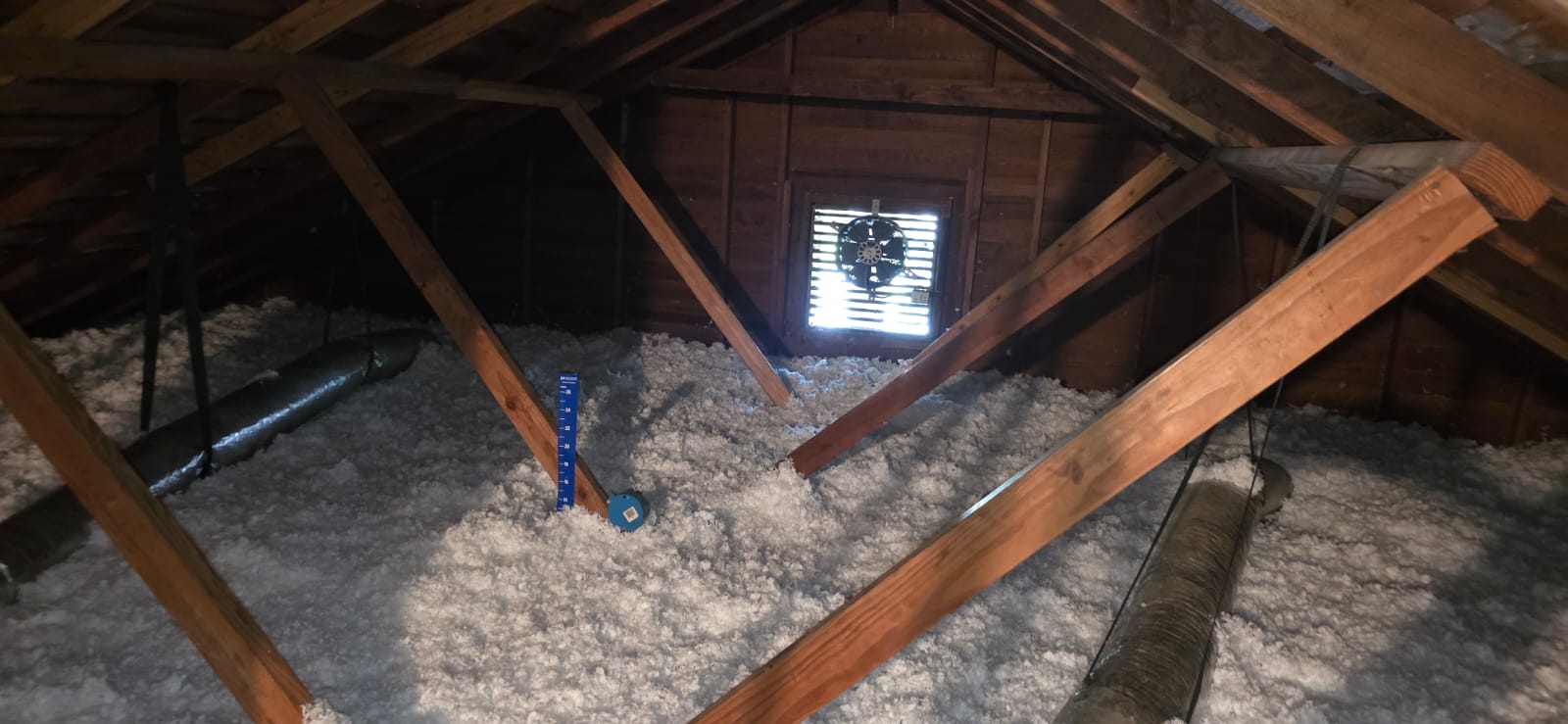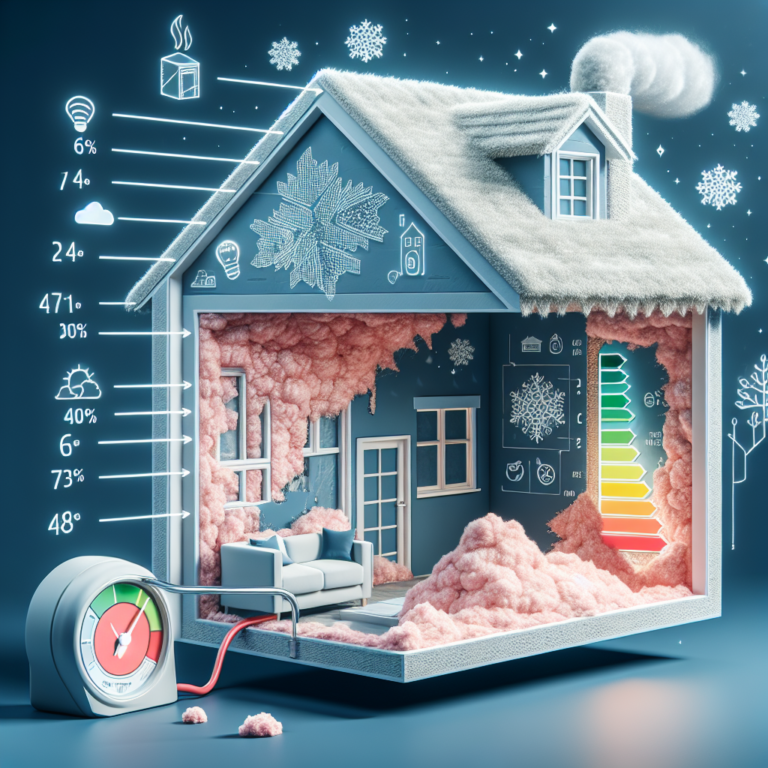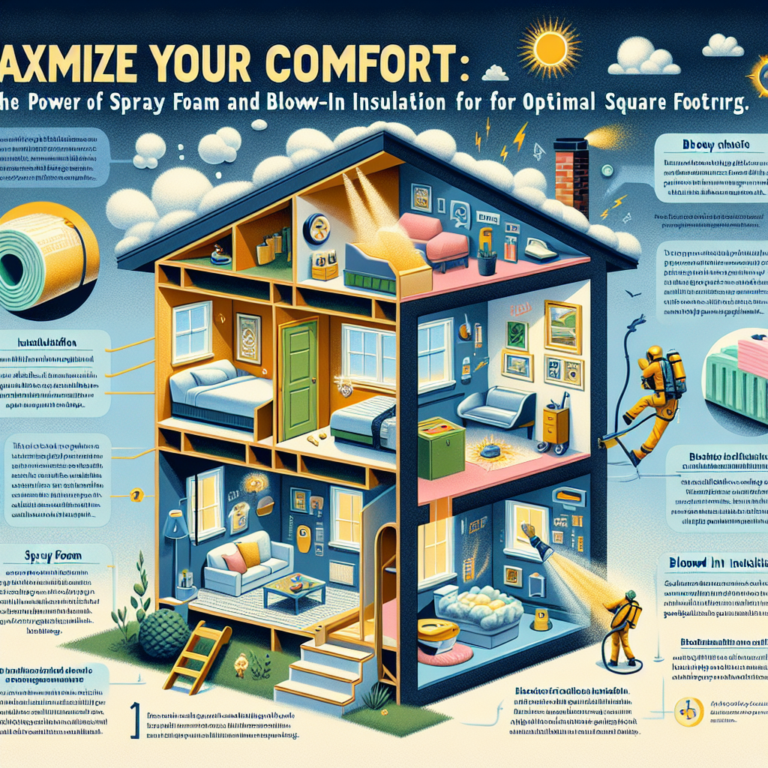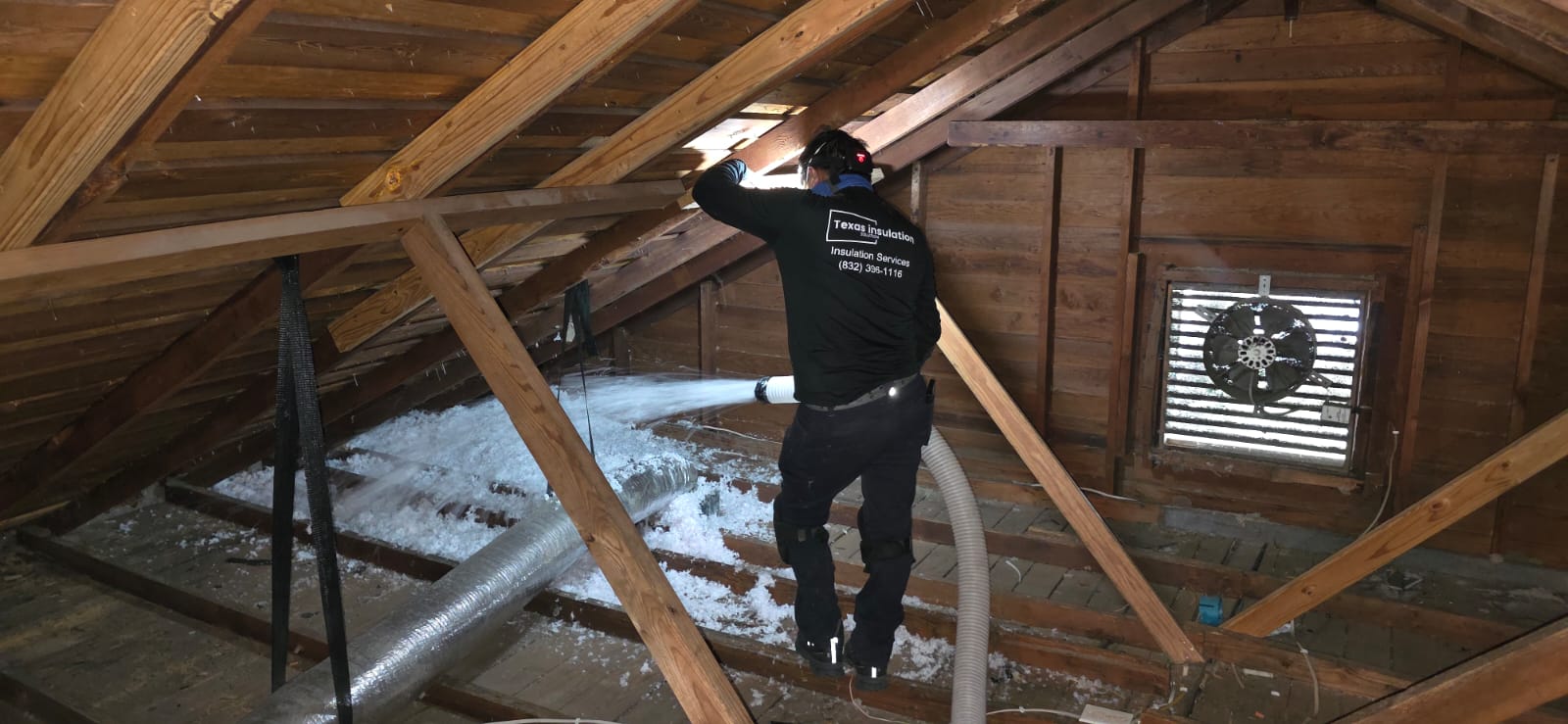Revolutionize Your Attic with Yellow Blown-In Cellulose Insulation
Introduction
Attic insulation plays a crucial role in maintaining a comfortable home environment and reducing energy bills. Among the many options available, yellow blown-in insulation stands out for its efficiency, eco-friendliness, and ease of installation. Made from recycled paper fibers treated with fire-retardant chemicals, this loose-fill insulation is designed to fill every crevice in your attic, creating a seamless thermal barrier. In this article, we’ll explore how yellow blown-in insulation can transform your attic into an energy-saving powerhouse, covering benefits, installation tips, comparisons with other materials, and answers to common questions.
H2: Benefits of Yellow Blown-In Insulation
High R-Value and Energy Savings
Yellow blown-in insulation delivers an R-value between 3.2 and 3.8 per inch, making it one of the most efficient loose-fill products on the market. A higher R-value means better resistance to heat transfer, helping keep your home warmer in winter and cooler in summer. By reducing the workload on your heating and cooling systems, this insulation can lower annual energy costs by up to 20%.
Air Sealing and Comfort
Traditional batt insulation often leaves gaps around joists, wiring, and plumbing. Yellow blown-in insulation, by contrast, is pneumatically installed and conforms to every nook and cranny. This tight seal prevents drafts and air leakage, eliminating cold spots in the winter and hot spots in the summer. The result is consistent indoor temperatures and enhanced overall comfort.
Fire Resistance and Safety
Safety is a top priority for homeowners. Yellow blown-in insulation is treated with non-toxic fire-retardant chemicals, reducing its combustibility. In the rare event of a fire, this insulation will not fuel flames, buying precious time for occupants to evacuate and minimizing damage to the structure.
Soundproofing and Indoor Quiet
The dense, fibrous nature of yellow blown-in insulation also makes it an excellent sound dampener. It absorbs airborne and mechanical noises from outside and between floors, creating a quieter, more peaceful living environment. This feature is particularly valuable for homes near busy streets or in multi-family dwellings.
Environmental Sustainability
Made primarily from recycled newspapers and cardboard, yellow blown-in cellulose insulation diverts waste from landfills and reduces the demand for virgin materials. Its low embodied energy and biodegradable composition make it an eco-friendly choice for green building projects and environmentally conscious homeowners.
H2: How to Properly Install Yellow Blown-In Insulation
Planning and Preparation
Begin by assessing your attic’s current insulation level. Check for moisture issues, pest infestations, or air leaks around vents and penetrations. Address any problems before installing new insulation. Measure the square footage and determine the required thickness—usually a minimum of 12 inches to achieve optimal performance.
Safety and Equipment
Wear protective gear: gloves, a dust mask, safety goggles, and long sleeves. Rent or purchase a blower machine designed for loose-fill insulation. Ensure you have adequate lighting and a stable platform for maneuvering in tight attic spaces.
Step-by-Step Installation
1. Position the blower hose at the attic entrance and feed it to the farthest corner.
2. Set the machine to the manufacturer’s recommended feed rate.
3. Move systematically across the attic, blowing insulation in uniform passes.
4. Use a ruler or marked depth gauge to check thickness periodically.
5. Fill low spots first, then build up to the target depth.
6. Avoid covering ventilation baffles or blocking soffit vents to maintain proper airflow.
Post-Installation Checklist
Inspect the entire attic to verify even coverage and consistent depth. Seal any gaps around recessed lighting, plumbing stacks, and attic hatches with foam or weatherstripping. Replace attic flooring panels and close the access hatch securely.
H2: Comparing Yellow Blown-In Insulation to Other Types of Attic Insulation
Fiberglass Batts
Fiberglass batts are inexpensive and DIY-friendly but prone to gaps and compression. They irritate skin and respiratory systems during installation and settle over time, reducing R-value. Yellow blown-in insulation, on the other hand, forms a tighter seal and maintains its loft longer.
Spray Foam
Spray foam boasts the highest R-value per inch and airtight performance but comes with higher material and labor costs. It involves specialized installation and off-gassing risks. Yellow blown-in insulation offers a balanced mix of performance, cost-effectiveness, and environmental benefit.
Mineral Wool
Mineral wool provides fire resistance and soundproofing similar to cellulose but is denser and more expensive. Installation can be heavier and more labor-intensive. Yellow blown-in insulation matches mineral wool’s fire safety and acoustic properties at a lower price point.
H2: Q&A
Q: How long does yellow blown-in insulation last?
A: Properly installed cellulose insulation can last 20 to 30 years, maintaining its R-value and settling minimally over time.
Q: Can I install yellow blown-in insulation myself?
A: Yes. With rental blower equipment and adherence to safety guidelines, a handy homeowner can complete the job. However, professional installation ensures optimal coverage and performance.
Q: Will yellow blown-in insulation attract pests?
A: No. The fire-retardant chemicals used to treat the fibers also deter insects and rodents, making it resistant to pest infestations.
Conclusion
Revolutionizing Your Attic with yellow blown-in insulation is an investment that pays dividends in energy savings, comfort, and environmental stewardship. By choosing this versatile, high-performance insulation, you seal out drafts, reduce noise, and enhance fire safety—all while lowering your carbon footprint. Whether you tackle the installation yourself or hire a professional, your home will benefit from a warmer winter, cooler summer, and a more consistent indoor climate for years to come.












